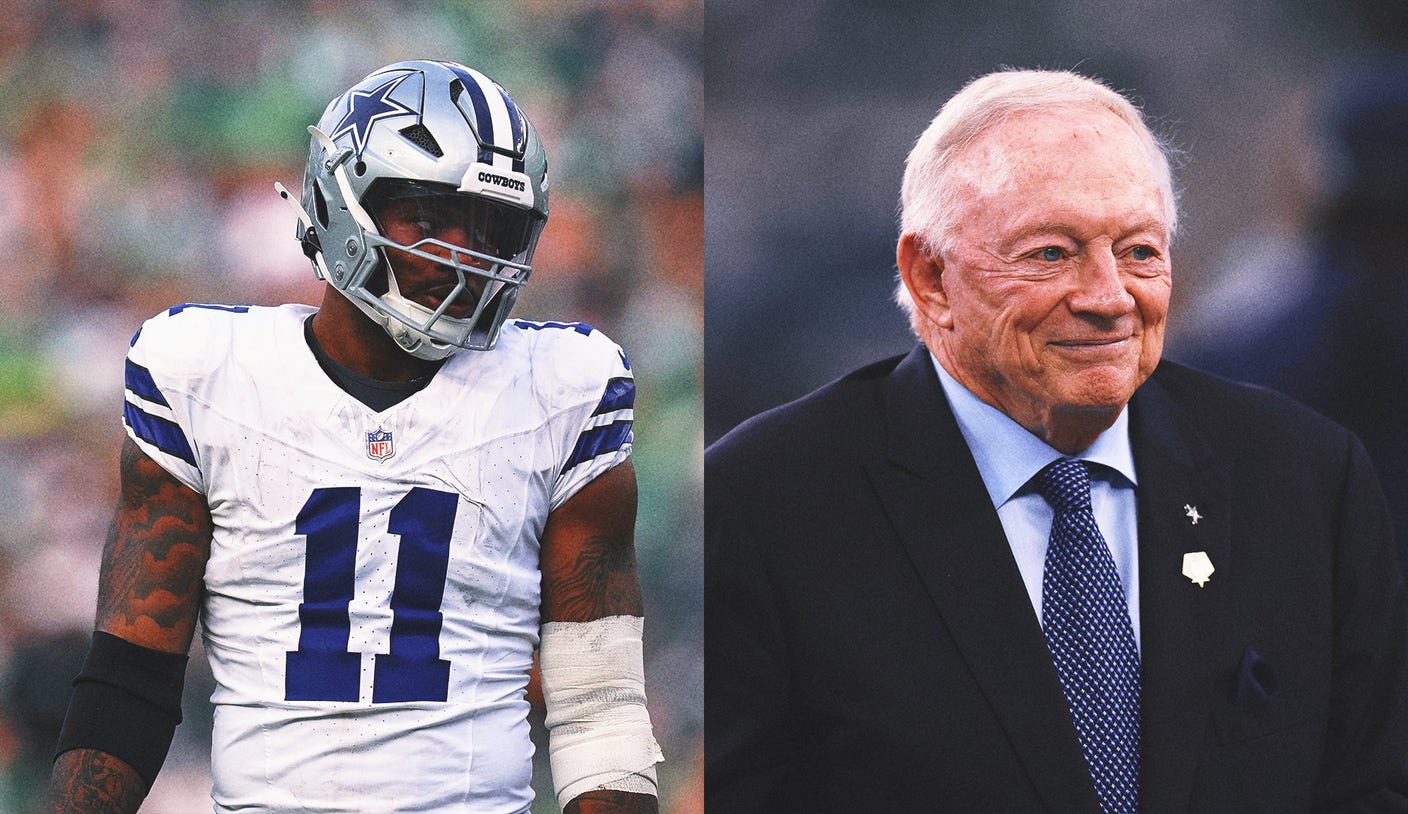Jerry Jones, owner of the Dallas Cowboys, believes that players become content once they receive their payment, with everything before that being mere distractions. However, this belief is being challenged as contract talks with defensive star Mika Parsons hit a deadlock, leading to Parsons demanding a trade and publicly expressing his frustration. Parsons voiced his dissatisfaction on social media, accusing the Cowboys’ management, including Jones, of mishandling the negotiations and stating he no longer wants to play for the team. He criticized the secretive nature of the talks and the lack of communication with his agent, revealing he stayed quiet throughout the offseason but reached his breaking point after disparaging comments from Jones and the team’s vice president.
Parsons admitted trying for over a year to engage the team in contract discussions but was met with silence, despite a personal meeting with Jones that unexpectedly veered into contract territory. Although Parsons has a $24 million contract for the 2025 season and the Cowboys have the option to use franchise tags in 2026, the public dispute reveals deep tension. The team reportedly has no intention of trading Parsons, and a resolution is expected eventually, potentially making him the highest-paid defender. Yet, the public nature of this conflict, with Parsons explicitly stating his trade demand and airing grievances openly, marks a significant rupture in the relationship.
This situation is especially challenging as new coach Brian Schottenheimer works to build a positive team culture amid the controversy. Fellow player Ceedee Lamb noted Parsons’ contract demands never failed, implying the issues could have been avoided if Jones had acted sooner. Despite the potential for a resolution, this standoff represents the most intense and public contract negotiation Jones has faced in his tenure, hinting that things may worsen before they improve.
Fan Take: This high-profile contract dispute between a Cowboys star and the iconic owner Jerry Jones highlights the evolving power dynamics between players and franchises in the NFL. It serves as a reminder that even the most storied teams are not immune to internal strife, which can impact team cohesion and fan perception, potentially shaping future contract negotiations league-wide.



